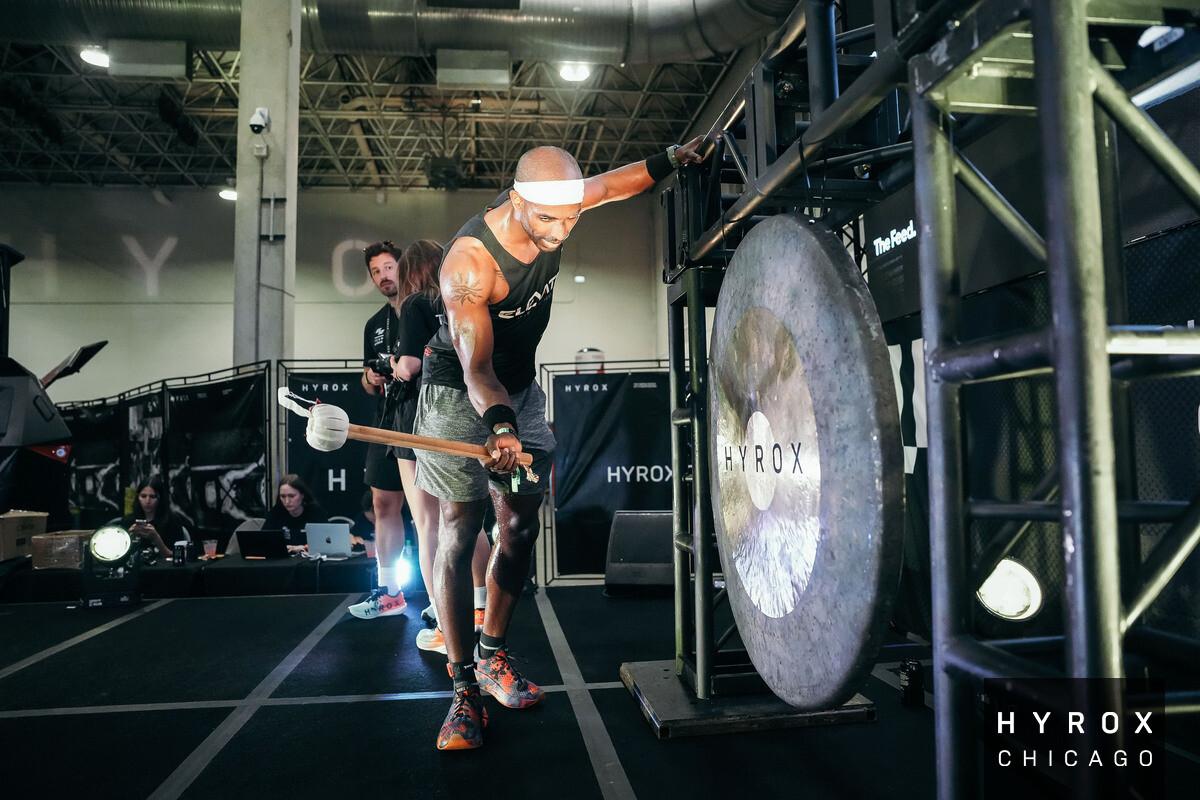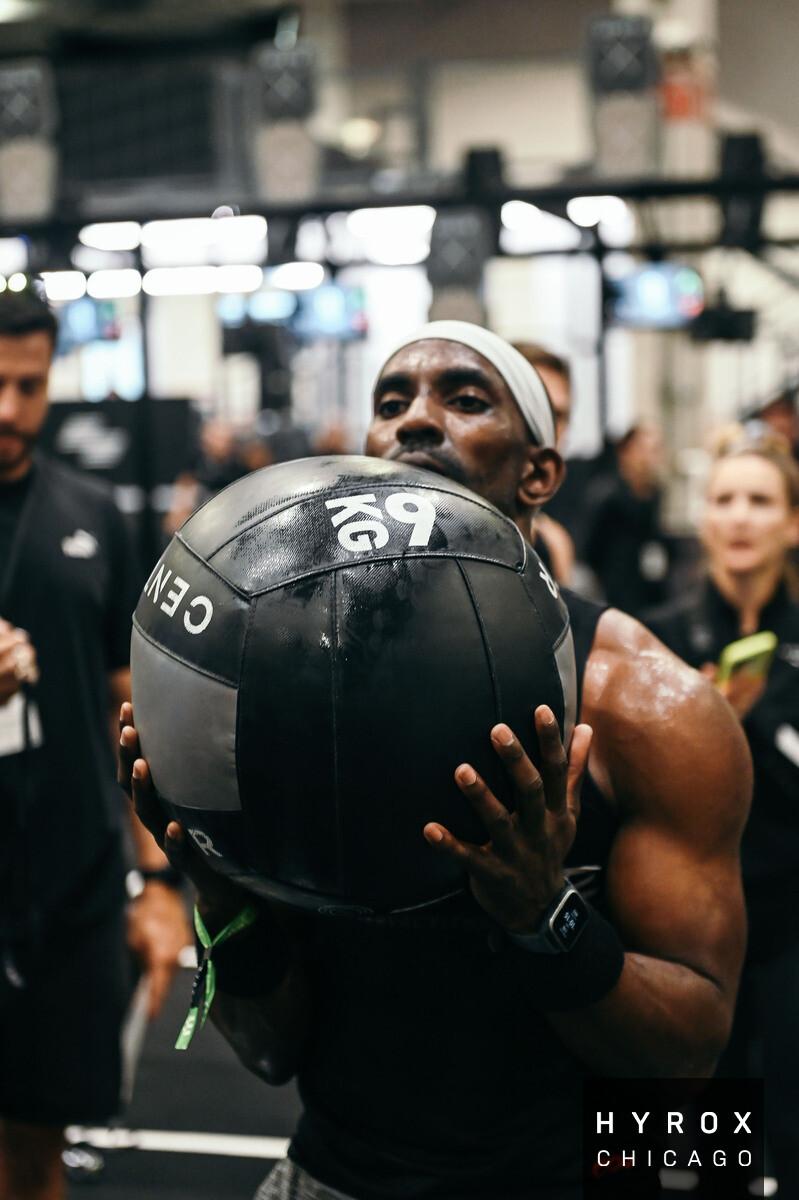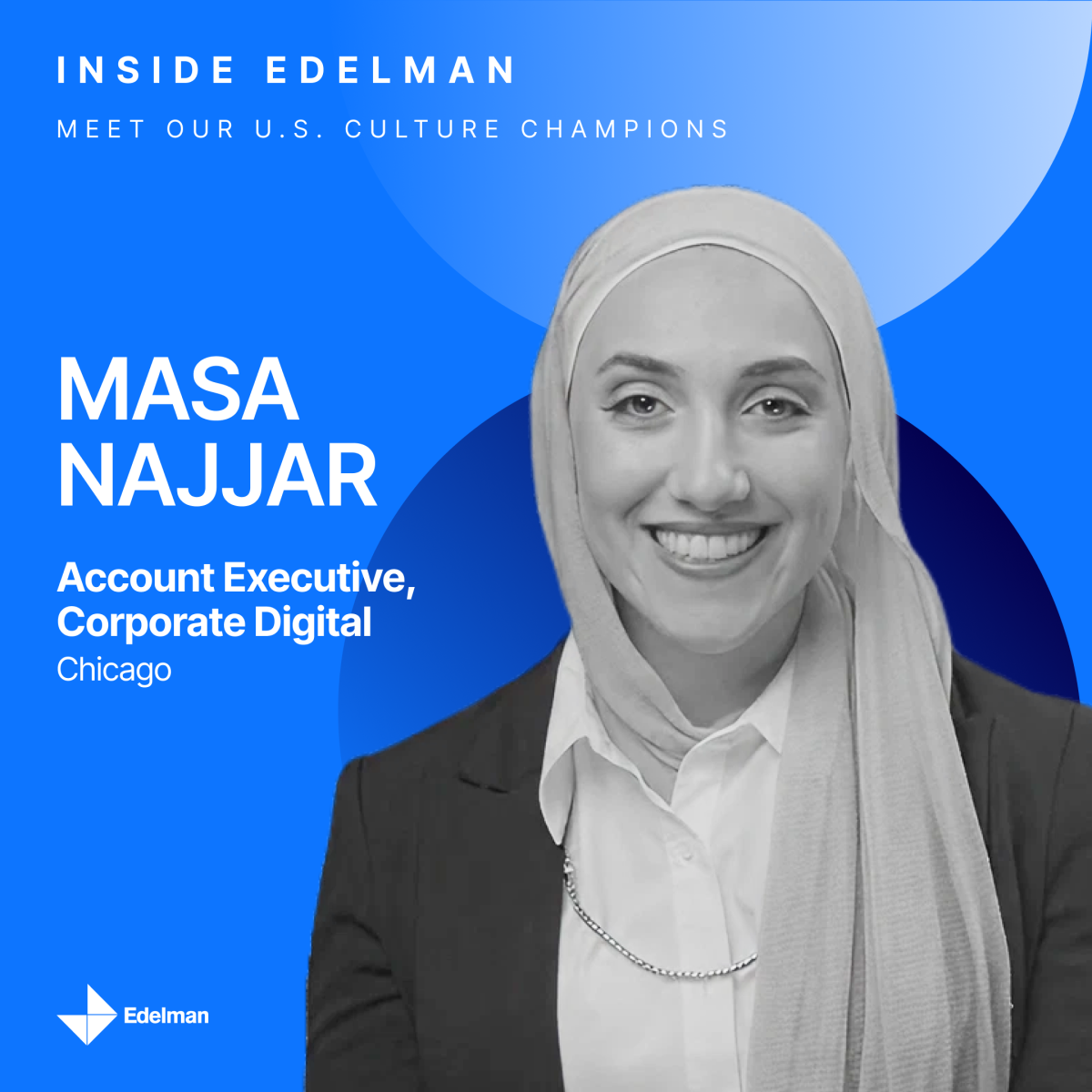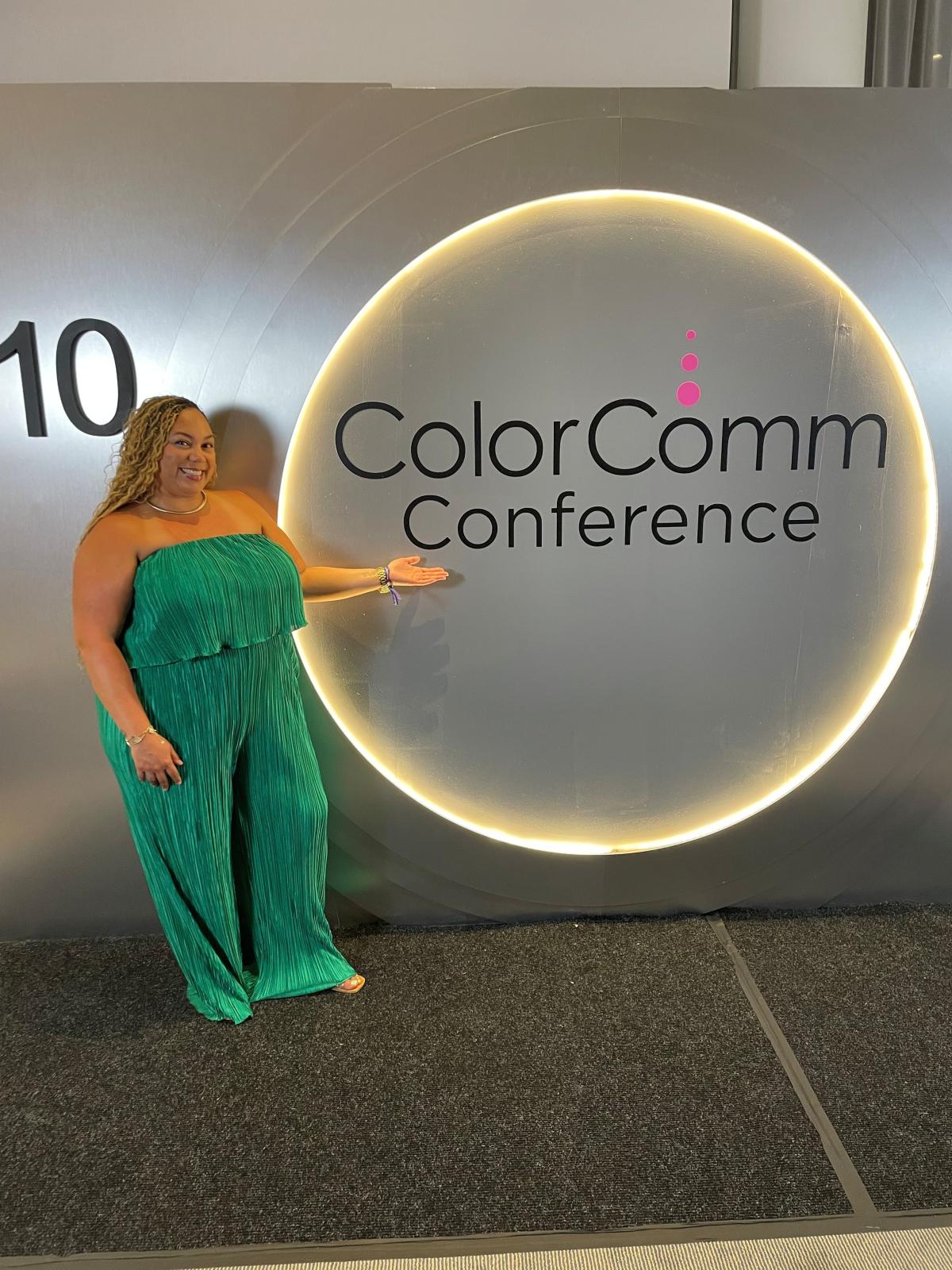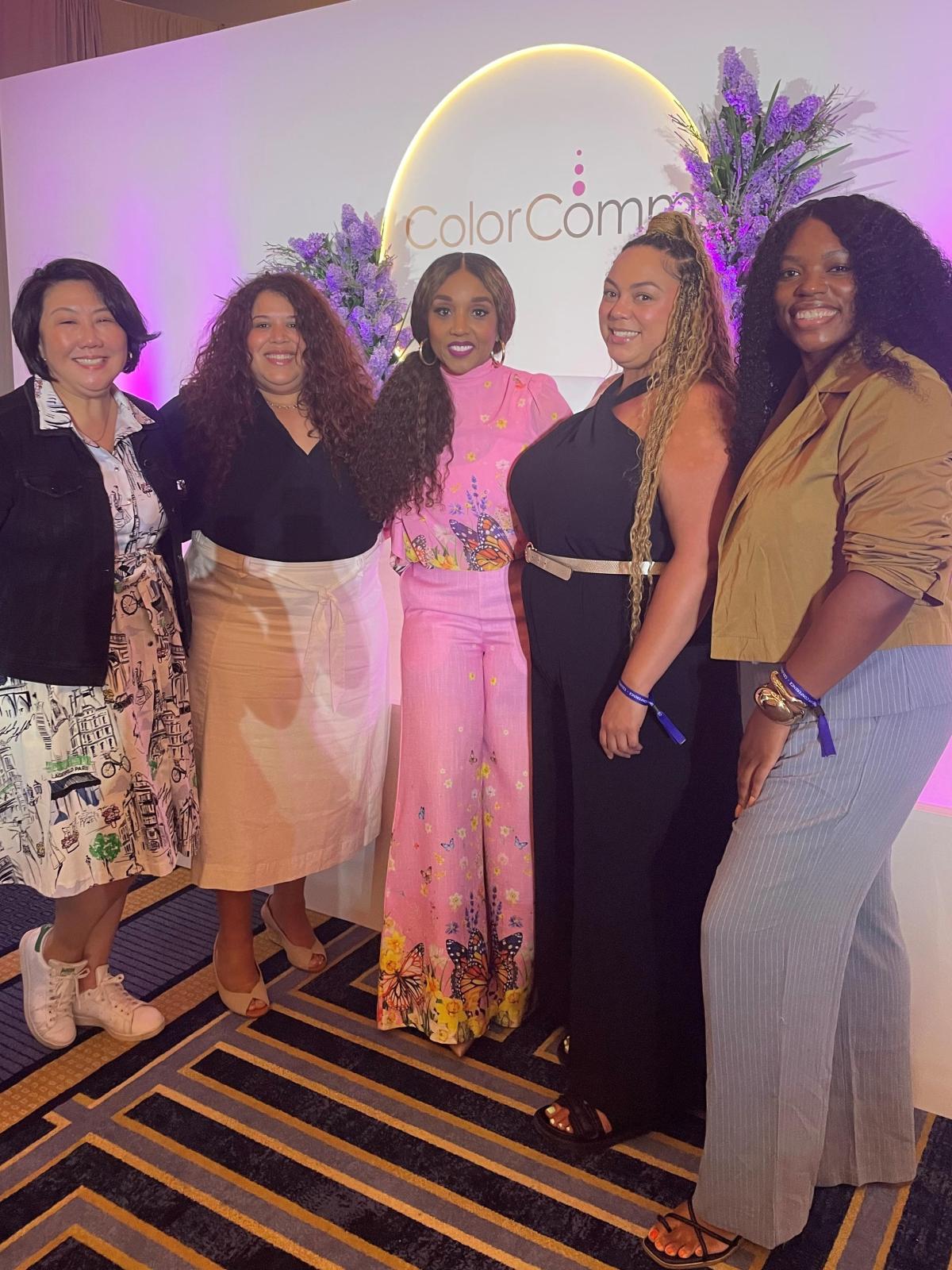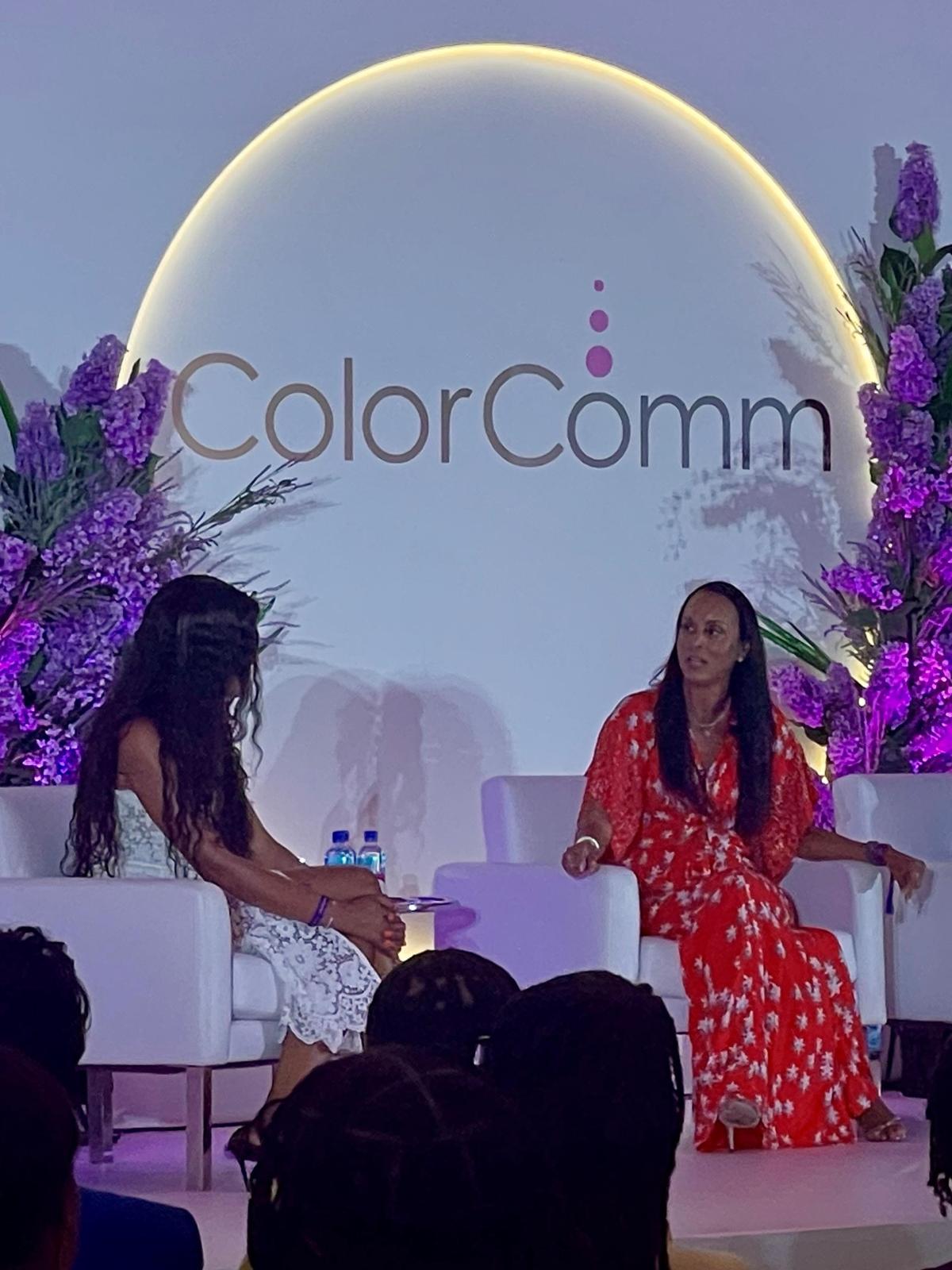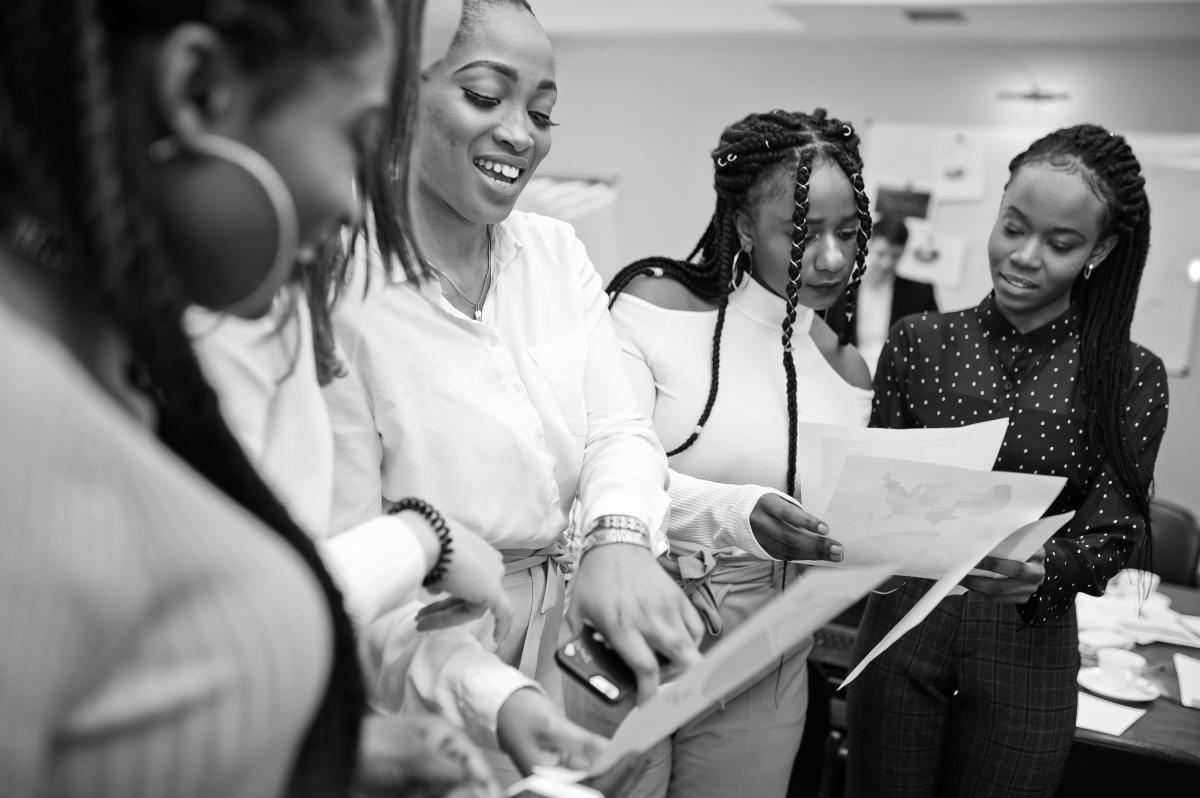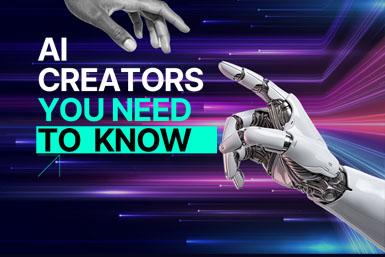On June 15, I did something I never imagined I’d ever say out loud, let alone put in a corporate blog post: I became a HYROX Adaptive Invitational World Champion.
For context, I’m a legally blind athlete living with Stargardt’s Disease, a genetic condition that causes progressive central vision loss. I’ve been navigating sports differently my whole life, so lining up as one of only two Americans alongside 36 elite adaptive athletes from around the world, each with a different visible or non-visible disability, felt surreal…in the best way.
As a VP in the Edelman D.C. office where I’ve spent the past 12 years, I know this might not sound like a typical Inside Edelman post, but that’s one of the things I appreciate most about this place: people bring their full selves to work. Whether it’s a creative passion, or in this case, chasing a world championship, there’s room to show up fully.
For me, that passion is adaptive sport. And this race wasn’t just another milestone. It marked a real shift in how athletes with disabilities are being included and celebrated in global fitness events.
Wait, What Even Is HYROX?
Think of hybrid racing as the intersection between functional fitness and endurance sport. HYROX is one of the fastest-growing brands in hybrid racing. It consists of eight workout stations (sled pushes, sandbag lunges, burpee broad jumps, all the fun stuff) each separated by one-kilometer runs. It’s a full-body mental game, mostly held indoors in arenas packed with fans, rave lights, and EDM mixes of your favorite 2000s jams.
In just a few years, HYROX has gone from niche to global. And in the 2024/2025 season, they took a big step forward by adding an Adaptive Division. The goal: give more athletes with disabilities a shot at competing on the world stage while keeping the format challenging and competitive.
The inaugural HYROX Adaptive Invitational World Championships included six classification categories (visual, neurological, upper- and lower-limb impairments, hearing, seated), with course modifications and guide allowances to create a level playing field.
Why This Was Different
Adaptive athletes have been pushing boundaries forever. But in most races, we’re chasing the clock, not each other. Events don’t always have the divisions or turnout to make head-to-head competition possible.
That’s what made this race feel different. For many of us, it was the first time we could truly go up against our peers – and the talent was unreal. For example, Paralympian Lauren Steadman won the women’s upper-limb impairment division in 1 hour, 7 minutes, and 49 seconds. That’s not a feel-good finish. That’s world-class.
For those of us out there, me included, the weekend wasn’t just about the results. It was about being part of something that hadn’t existed before. Something built for us.
A Moment I’ll Never Forget
After I finished my race, I stuck around the finish line. That’s where the real magic happened. One by one, finishers crossed exhausted, emotional, and relieved. Then came David Wetherill, a Paralympian representing Great Britain who has a lower-limb impairment and relies on mobility aids to compete. As he approached the final station – 100 wall ball reps with a 14 lb. ball – HYROX staff spontaneously formed a cheer circle around him. Every athlete who had already finished joined in. We cheered. We danced. He gritted through, rep by rep, with a level of perseverance I’ve never witnessed from another human being.
That moment? That’s what adaptive sport can be. Not a footnote. A highlight.
How It Felt to Race
I compete with a guide runner, my longtime friend and former HYROX North American Champion, David Magida. Around the halfway mark, my legs were shot. We hit the sandbag lunges at station seven, and I could feel myself starting to tighten up. David looked over at me and said, “All you have to do is not blow up in the next 15 minutes and this thing is yours. Relax. You’ve already made it through the worst.”
It was just the nudge I needed. For a moment, I stopped bracing and let myself absorb what was happening. I picked up on the sound of the Rocky soundtrack playing over the speakers. I heard friends yell my name from the crowd.
As a low vision athlete, I don’t often allow myself to disassociate from my body. I rely heavily on hearing to navigate courses and trails. I don’t train or race with headphones or music. I’m tuned into every footstep, breath, and collision risk around me. But for a few seconds in this race, I let all that go.
At the finish, I was invited to ring the champion’s gong, a HYROX tradition. The first time I hit it, I felt weird. I hadn’t hit my target finish time, and that stuck in my head. But when the photographer asked for another shot, I rang it again and it just hit differently.
It wasn’t just about winning. It was about belonging in a space that hadn’t always existed.
Redefining “Disability”
This event helped me process something I’d been unsure how to own: my identity.
Because my disability isn’t always visible, I’ve sometimes hesitated to call it a disability at all. But competing shoulder-to-shoulder with people across a spectrum of abilities helped shift that. It reminded me that being an adaptive athlete isn’t about how others see you. It’s about how you show up, again and again, even when it’s hard to explain.
Being part of that first HYROX Adaptive Invitational cohort felt like finding a team I didn’t know I’d been waiting for. I was lucky to come away with a win, and I know some of the best adaptive athletes in the world haven’t found HYROX yet. Some haven’t heard of it. Some haven’t found the right training environment. Some are still figuring out if they belong.
That’s why this doesn’t feel like a peak. It feels like a spark. There’s more to build, more athletes to reach, more reps to put in. Until it’s time to pass the torch to the next champion, I look forward to working with Achilles International, an organization that provides resources to athletes with disabilities, to introduce more adaptive athletes to this incredible sport that has captured my attention, some blood and tears, and a whole lot of my sweat.
So, if you see me in the gym, on a trail, or in the streets, join me for a mile or two – or at the very least, say what’s up. These are solo races, but belonging is a team sport. You are all part of my team.
And we’re just getting started.
Tyson Greaves is a Vice President of U.S. Health, a member of our GRIOT Employee Network Group Steering Committee, and an adaptive athlete.


